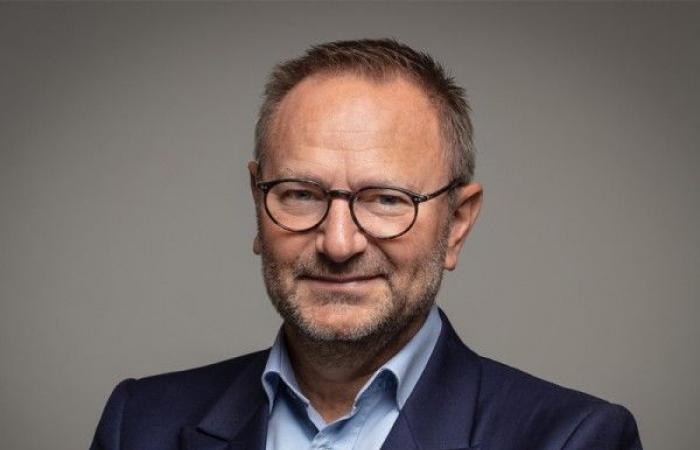Chronicle of Eric Sturdza bank rates.
One mistake can hide another
Six months ago, our fears of a monetary policy error by the Fed were growing day by day. We had the unpleasant impression that Jay Powell and his colleagues at the FOMC were neglecting the looming slowdown, too obsessed with the fight against inflation. The patient risked dying cured of controlled inflation at the cost of a recession. Then September arrived and it was as if we found ourselves at a level crossing in front of the sign “be careful, one train can hide another”. We were indeed entitled to our mistake from the Fed but not at all the one we expected. Today Jerome Powell assures that there is no urgency to lower rates. So why on earth did you drop them by 50bp all at once in September? American long-term rates have still not recovered.
The start of this correction was not linked to any return of inflationary fears. It was indeed a logical movement, a consequence of the “jumbo rate cut”. The Fed understood, it was becoming aggressively dovish, the risk of recession was sharply reduced or even disappeared. Shortly after, inflation figures started to rise again and put “higher for longer” back into fashion. The icing on the cake was that Trump won hands down on November 5 and inflation expectations were rising again. Inflation is back and here’s why: because you’re reading a bond column, not a macroeconomic column! This is exactly the same argument that we used six months ago when we somewhat provocatively asserted that the recession was coming to the United States.
No one wants to return duration to current levels anymore.
It doesn’t matter for us, whose job is to manage portfolios supposed to deliver performance, if inflation will start to rise again in the long term or if it is a “transitory” phenomenon. Inflation has already started again because a 10 year at 4.5% or a 20 year above 4.75% (compared to respectively 3.60% and 4% exactly two months ago) clearly tell us this. and painfully. Our bond jargon should not be confused with the technical terms used by economists. In May, the vast majority of the bond community told us “the recession is coming, we must buy 10-year bonds at 4.6%”, in September after the Fed they added “the risk of recession disappears, we are selling at 3.6%”. %” and for several weeks, the watchword has been rather “inflation is indeed back, let’s not touch the 10 year before it returns to 5%”. Inflation, or rather what we consider to be inflation in our fixed-income universe, has therefore already made its big comeback because no one wants to return duration to current levels. QED.
5 years TIPS – 10 years nominal, “reverse slope”?
Last week, we already mentioned our two major convictions for the end of 2024. Firstly, we do not want to add duration before the 10-year gets close to 5% and then, if this were to happen, we Let’s see if the 5-year TIPS is not a smarter investment than the nominal 10-year. Last week’s market movements piqued our curiosity. Indeed, if the 10 year has made an incursion above 4.5%, the 5 year TIPS has come closer to 2%. Even if it is still premature to consider such investments, we can already notice an amusing phenomenon: any investor whose inflation expectations over the next five years exceed 2.5% has an interest in investing in 5-year TIPS. Our strategy is not to take advantage of an “inverted slope” but to settle for a “flat slope”. 5 years at 5% (TIPS at 2.4% real combined with an inflation expectation of 2.6%) would satisfy us.
A quick word on credits to finish. Spreads have reached their 1998 level and suffice to say that this is not an argument allowing us to calmly consider investments in corporate bonds. The latter are benefiting from the good performance of Wall Street, but for how long? We recently had to sell an Investment Grade credit for reasons purely linked to the deterioration of its ESG score. We replaced it with an investment in a Government Agency. The “give-up spread” was out of all proportion to the difference in issuer risk. Let’s be patient, opportunities will soon become available to us on credits which, sooner or later in 2025, will become essential again.






